Master System Image Backups in Windows 10
- Home
- Support
- Tips Data Backup
- Master System Image Backups in Windows 10
Summary
Learn how to perform the system image backup in Windows 10. This comprehensive article will guide you through the process for a better understanding.
Table of contents
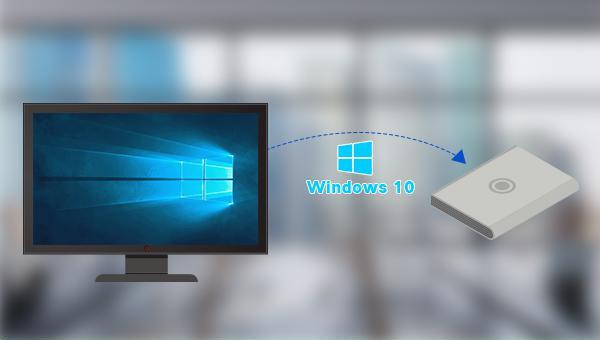
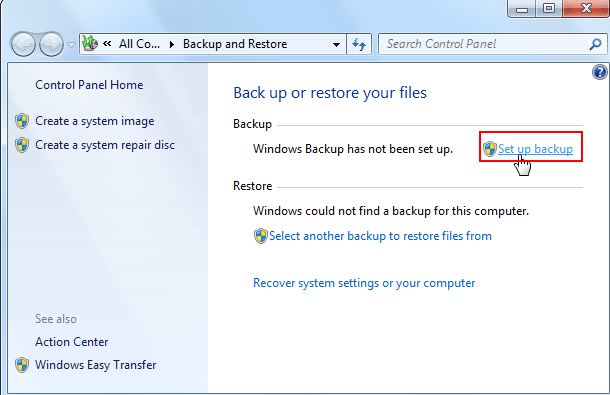
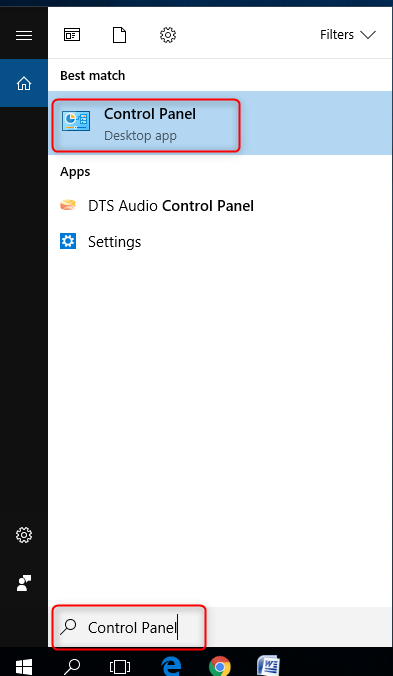
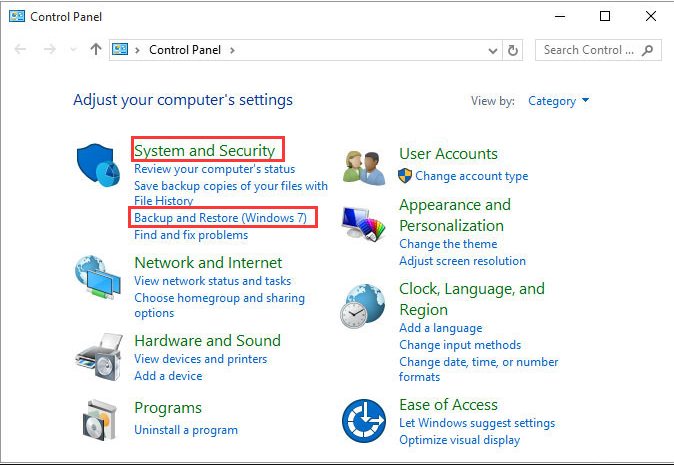
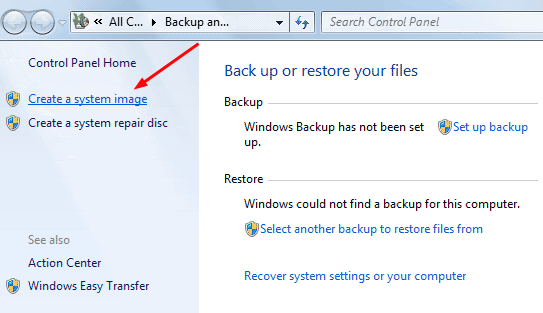
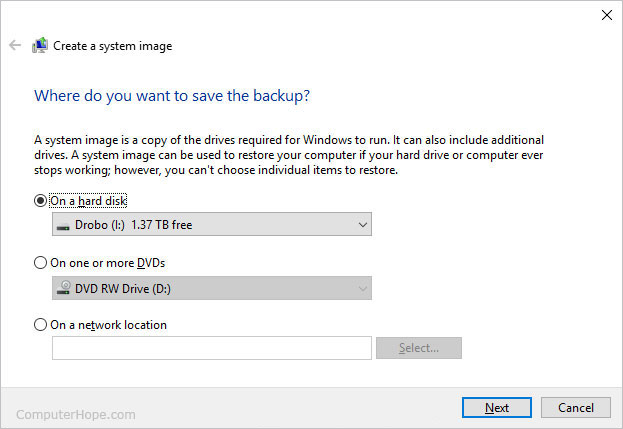

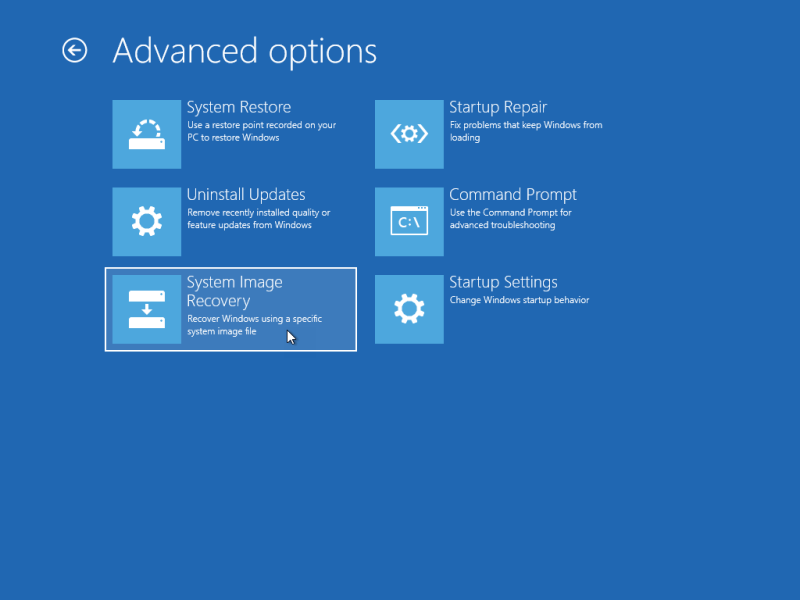
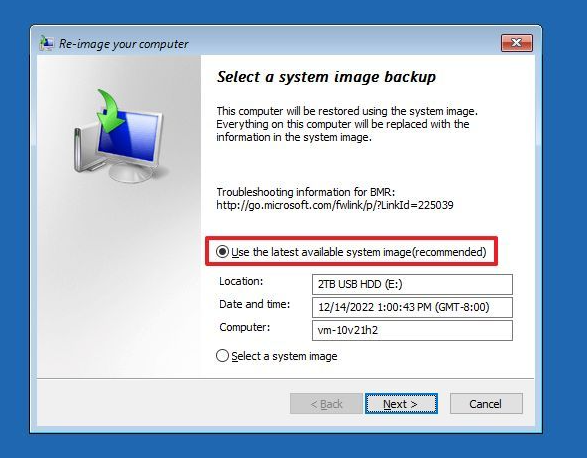

Quick Backup files at up to 3,000MB/min.
Fullfill different backup needs Supports system backup, disk / partition backup, file backup and disk clone.
Intelligent Automatically analyze the differences between source and backup data.
Convenient Support VSS, allowing to freely view webpages when backing up system.
Highly compatible Supports various files and storage devices.
Quick Backup files at up to 3,000MB/min.
Fullfill different backup needs Backup for disk, partition and system. Save disk space by backing up incremental /differential data.
Highly compatible Supports various files and storage devices.
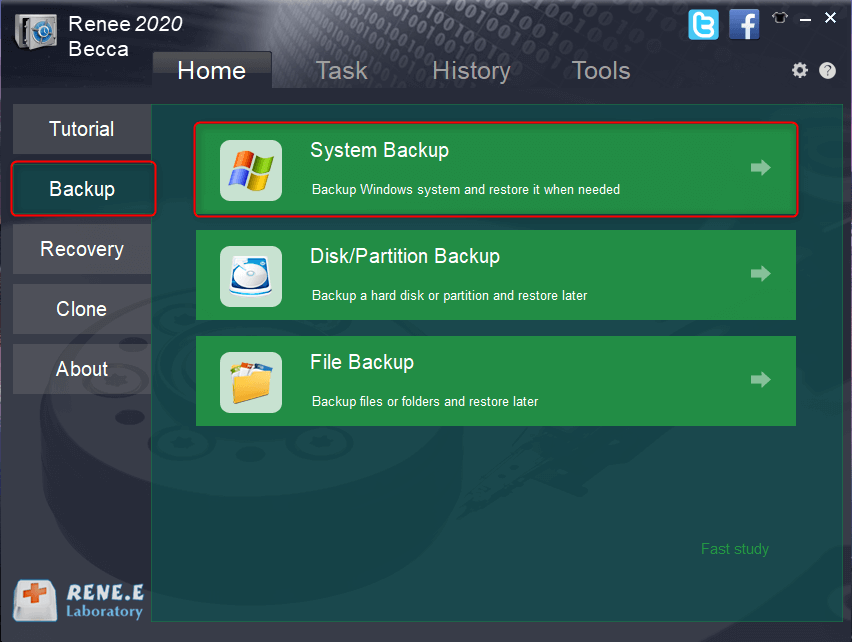
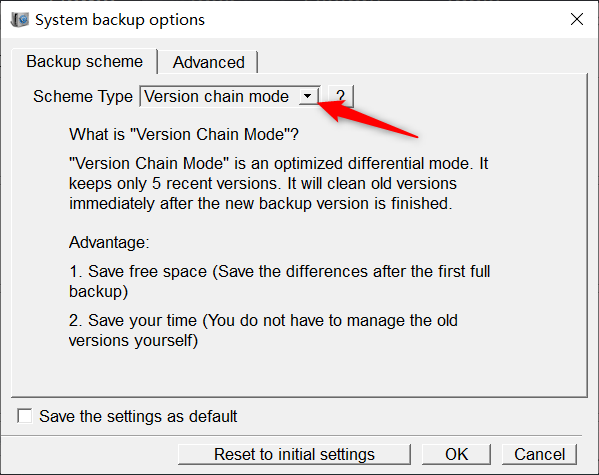
- Version chain mode: Keeps the latest 5 versions, automatically deleting older versions after each backup.
- Single version mode: Retains only the most recent version, deleting the previous one after each backup.
- Full pattern: Creates a full backup.
- Incremental mode: After an initial full backup, only incremental backups are created.
- Differential mode: After an initial full backup, only differential backups are created.
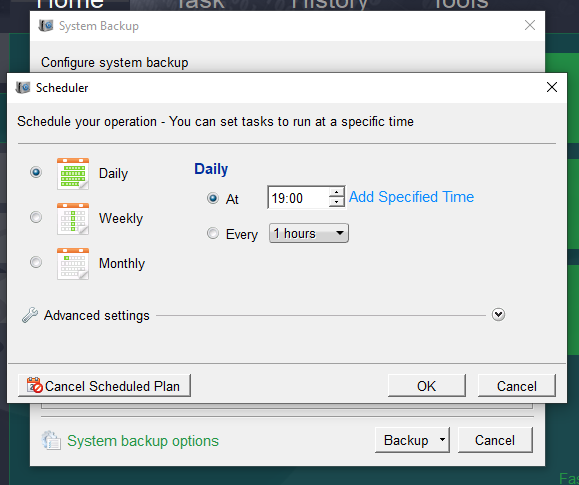

Relate Links :
Best System Backup Software for Easy and Reliable Data Protection
20-02-2024
Ashley S. Miller : Regularly using system backup software is crucial to avoid data loss due to system failure. Here are recommended...
Backup Comparison: System Backup vs Disk Backup
05-01-2024
Amanda J. Brook : Learn about the difference between system backup vs disk backup for data security in computers. Find out more...
Windows 8 Backup, Windows 8.1Backup and System Restore
20-06-2019
John Weaver : In the daily use of Windows 8 or Windows 8.1, malfunction, poor performance or fail to start of...
Windows 10 System Backup : 5 Different Backup Modes
13-09-2023
Amanda J. Brook : Make the automatic backup plans for Windows 10 system with 5 different backup modes. Save time and disk...




